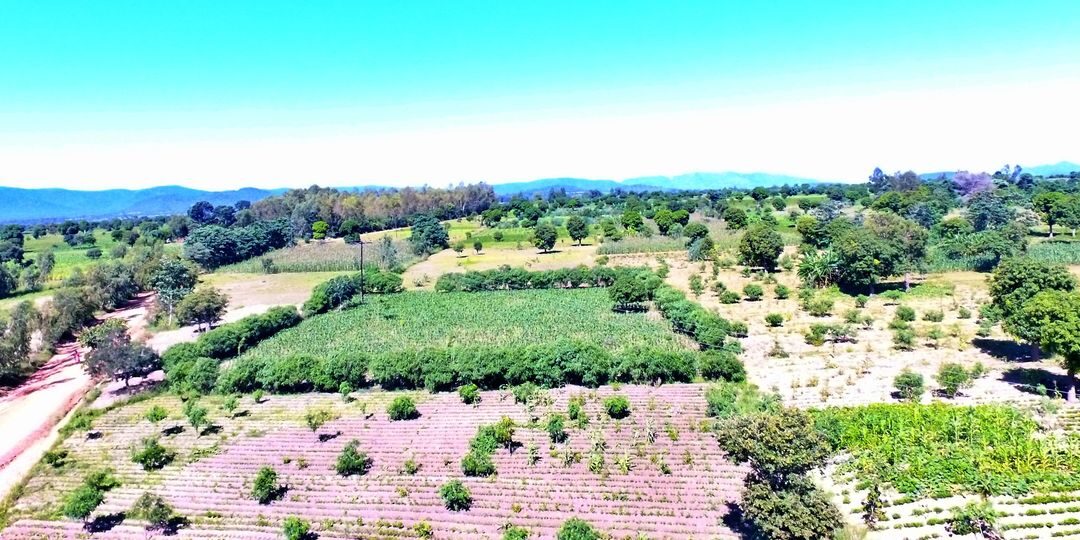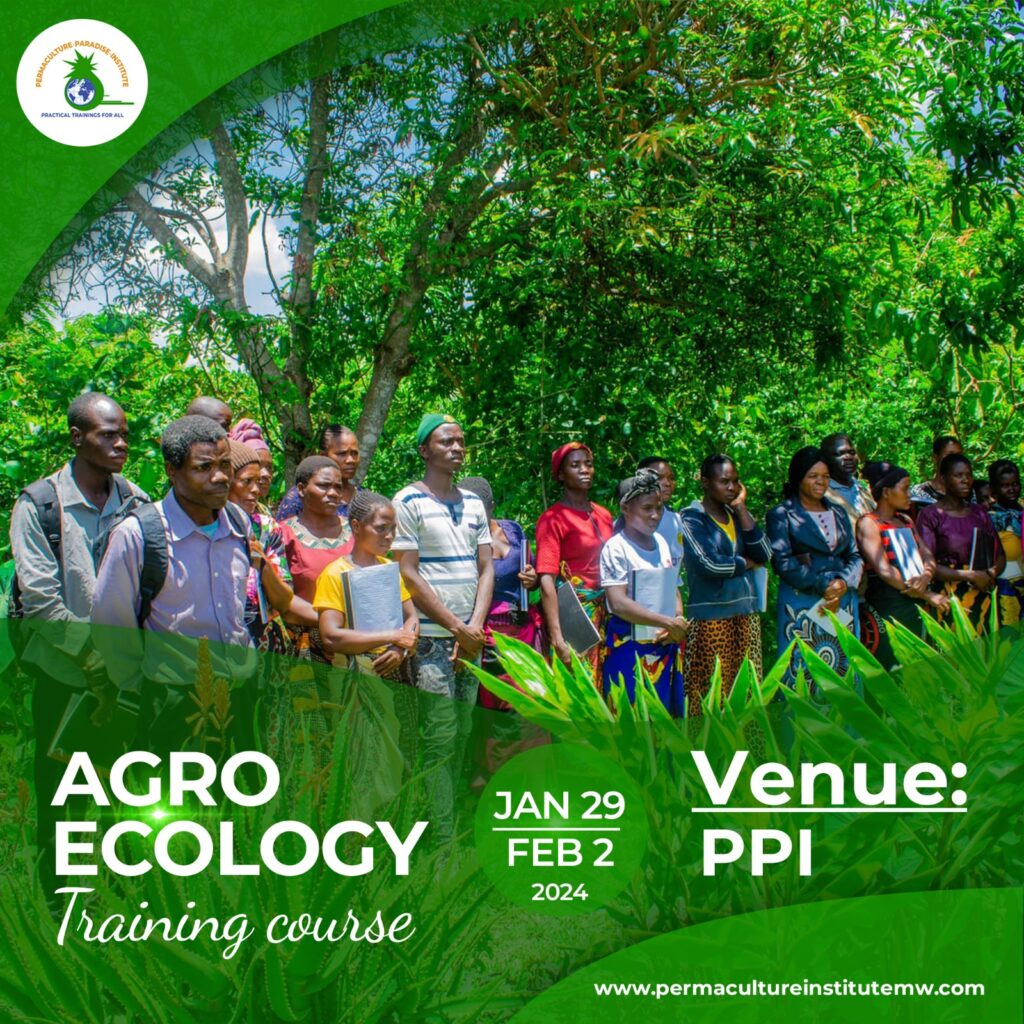In the heart of a bustling agricultural community, a stark contrast unfolds with every drop of rain. A picturesque scene, painted by the forces of nature and human ingenuity, showcases the battle between tradition and innovation. This is the tale of two farming worlds – one clinging to conventional methods and the other embracing the transformative power of permaculture and agro-ecosystem design.
Amidst the rhythm of the rain season, a group of farmers stands as a testament to the triumph of sustainable practices. Nestled in the midst of their green, thriving fields, these pioneers have become the embodiment of resilience and productivity. Yet, just beyond the horizon, other farmers resist the winds of change, holding on to outdated techniques that leave their lands bare, vulnerable, and at the mercy of external forces.
The stage is set for a compelling narrative that unravels the consequences of choices made in the fields. The contrast is not only visible in the lush greenery of one side but also in the stories told by the land itself.
On one side of the narrative, conventional rain-fed agriculture reveals its weaknesses. Fields are barren, soil eroded, and crops susceptible to the whims of nature. As pests and diseases find easy prey in weakened crops, nutrient loss becomes a silent thief, robbing the very essence of the land. These farmers, stuck in the rut of poor agricultural techniques, find themselves grappling with a cycle of unproductivity and despair.
However, on the flip side, a beacon of hope emerges from the emerald landscapes of agro-ecosystem-based farms. These forward-thinking farmers have embraced permaculture and agro-forestry, weaving an intricate tapestry of sustainable practices. The harvest is not just abundant; it is a testament to the harmony achieved through ecological design. Their fields stand tall, resilient against the forces of wind, water, pests, and diseases.
The air is thick with the fragrance of success as agro-ecosystem-based farms demonstrate the power of choice in agricultural practices. The green bounty not only feeds the community but nourishes the spirit of innovation among farmers. With each passing storm, their fields remain a sanctuary, a testament to the fact that good ecological design is a choice that yields bountiful rewards.
As the rain continues to pour, the contrast between the two farming worlds becomes more pronounced. The permaculture pioneers stand as beacons of inspiration, inviting others to join them in the dance of nature. The resistance of some farmers begins to wane as the undeniable allure of productivity and sustainability becomes too tempting to ignore.
In the end, this tale of two farming worlds is not just a story of agriculture; it is a narrative of transformation, resilience, and the power of choices. It is a call to arms, urging farmers to break free from the shackles of convention and embrace the regenerative embrace of permaculture. In this battle of the fields, the true victors are those who choose to paint their own canvas with the vibrant hues of sustainable agriculture.



